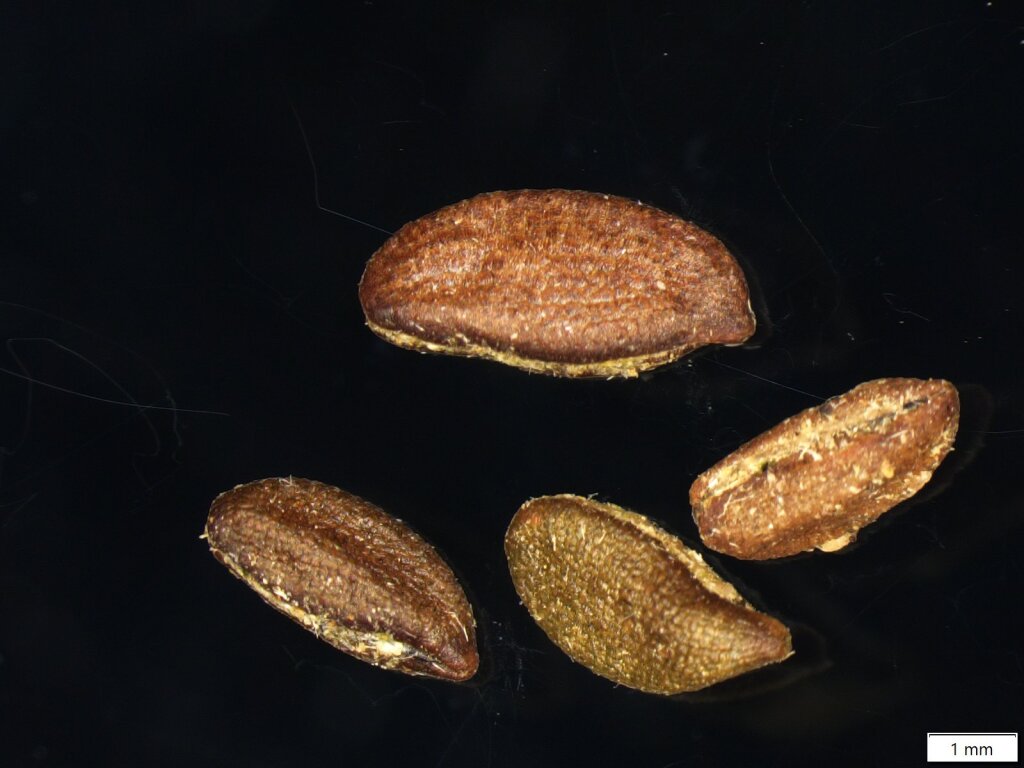Roepera
A.Juss.Annual herbs or perennial subshrubs, glabrous or almost so; branches fleshy. Leaves opposite, simple and bifid or paripinnate with 2 leaflets (rarely, and not in Victoria, more than 2), fleshy, sessile or petiolate; stipules present. Flowers bisexual, axillary, solitary, usually pedicellate; sepals 4 or 5, imbricate, with a green centre and membranous margins, persistent in fruit; petals (3)4 or 5(6), imbricate, clawed, white, yellow or orange, rarely red; stamens 4, 6 (not in Victoria), 8 or 10, anthers dorsifixed; disc between stamens and ovary sinuate or distinctly 3–5-lobed or 3–5-partite, the lobes at base of septa that separate the cells of ovary; ovary 3–5-celled, 3–5-angled, style subulate, stigma capitate or lobed. Fruit a 4- or 5-angled loculicidal capsule or an indehiscent capsule with 3 or 4 longitudinal wings or breaking into 2–4 dorsally winged mericarps; seeds 1–6 per cell, with endosperm, often mucilaginous when wet, a linear aril extends along the adaxial axis and covers the hilum.
About 60 species, from South Africa and Australia; c. 30 species in Australia.
Formerly included in Zygophyllum, but that genus is now regarded as occurring only in Africa and Asia. It differs from Roepera in having sepals that are deciduous in fruit and a seed that lacks an elongate aril, leaving the hilum exposed. The genera are well supported by molecular data (e.g. Beier et al. 2003).
Jeanes, J.A. (1999). Zygophyllaceae. In: Walsh, N.G.; Entwisle, T.J., Flora of Victoria Vol. 4, Cornaceae to Asteraceae, pp. 198–207. Inkata Press, Melbourne.
 Spinning
SpinningSynonyms
Beier, B.-A.; Chase, M.W.; Thulin, M. (2003). Phylogenetic relationships and taxonomy of subfamily Zygophylloideae (Zygophyllaceae) based on molecular and morphological data. Plant Systematics and Evolution. 240: 11–39.


